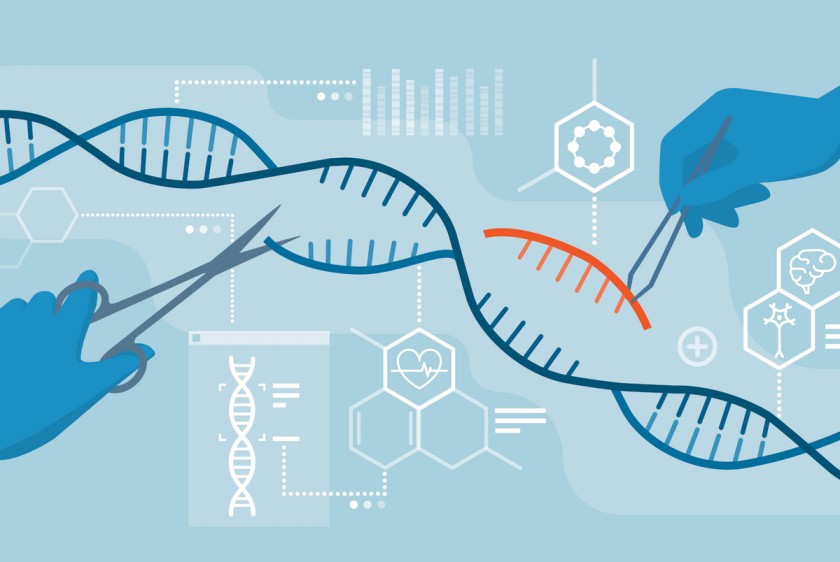In today’s fast-paced world, maintaining good orthopedic health has become increasingly significant. The intricate relationship between exercise and orthopedic well-being is often overlooked, yet it’s a crucial aspect of preventing and managing musculoskeletal issues.
This post aims to explore how exercise impacts orthopedic health and how one can strike the right balance to promote long-term well-being.
1. Understanding The Basics: Orthopedics And Exercise
Orthopedics, the branch of medicine dealing with the musculoskeletal system, plays a vital role in managing our body’s structure and movement. Regular exercise not only strengthens muscles but also improves bone density, joint flexibility, and overall physical function. However, excessive or improper exercise can lead to orthopedic injuries. It’s essential to understand the type and intensity of exercise suitable for your body. This understanding becomes crucial if you’re recovering from an injury or have chronic orthopedic conditions. For instance, the Orthopedic Urgent Care and Walk-in Clinic in Sevierville, Tennessee, offers personalized advice and treatment plans that cater to individual exercise needs and orthopedic health conditions.
2. The Role Of Exercise In Preventing Orthopedic Conditions
Regular physical activity can significantly reduce the risk of developing orthopedic conditions like osteoporosis, arthritis, and back pain. Weight-bearing exercises, such as walking and strength training, enhance bone health, while stretching and flexibility exercises improve joint mobility. Balancing these types of exercises helps maintain orthopedic health and prevent injuries.
3. Exercise As Rehabilitation
Exercise is not just preventive; it’s also therapeutic. After an orthopedic injury or surgery, targeted exercises play a pivotal role in rehabilitation. These exercises, designed to restore strength and mobility, need to be performed under professional guidance to ensure they’re beneficial and not detrimental to the healing process.
4. The Importance Of Customized Exercise Regimens
One size does not fit all when it comes to exercise and orthopedic health. Factors like age, existing health conditions, and fitness levels dictate the appropriate type and intensity of exercise. Consulting with healthcare professionals and fitness experts can help design a regimen that aligns with your specific orthopedic needs.
5. The Impact Of Lifestyle Choices
Lifestyle choices, including diet and daily activities, profoundly influence orthopedic health. A balanced diet rich in calcium and vitamin D supports bone health, while ergonomic practices at work and home can prevent orthopedic strains.
6. Recognizing And Addressing Overuse Injuries
Overuse injuries are common among people who exercise regularly or engage in repetitive motions. Recognizing the early signs of these injuries and addressing them promptly is crucial to prevent long-term damage. Incorporating rest days and cross-training into your exercise regimen can help avoid overuse injuries.
7. The Future Of Exercise And Orthopedic Health
Advancements in technology and medicine continue to shape the way we approach exercise for orthopedic health. From wearable tech that monitors physical activity to innovative rehabilitation techniques, the future holds promising potential for enhancing orthopedic care through exercise.
Conclusion
The relationship between exercise and orthopedic health is multifaceted and dynamic. Finding the right balance is key to maintaining good orthopedic health. It involves understanding your body’s needs, engaging in a mix of preventive and rehabilitative exercises, and making informed lifestyle choices.
Remember, exercise is a powerful tool for orthopedic health, but it’s most effective when tailored to individual needs and performed consistently with the right approach. Whether you’re an athlete, someone recovering from an injury, or just looking to maintain healthy joints and bones, the right balance in exercise can significantly enhance your quality of life.








Leave a Reply
You must be logged in to post a comment.